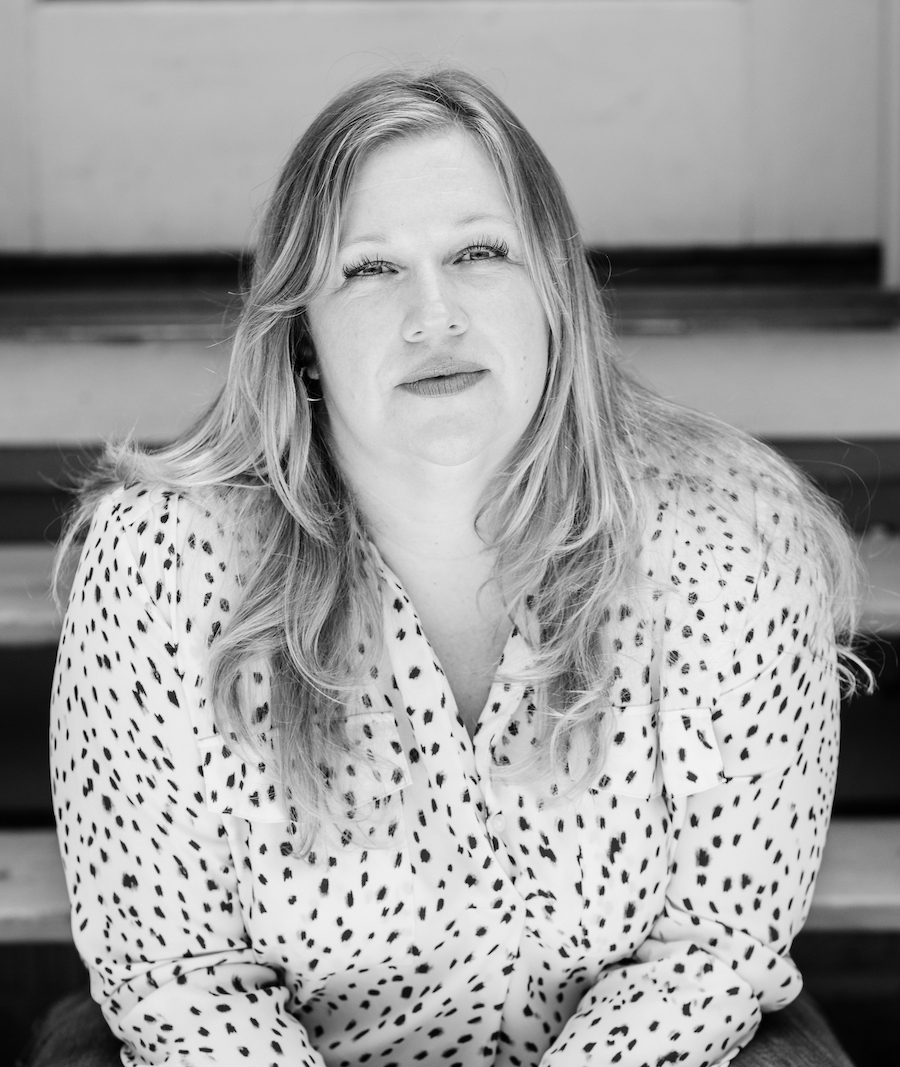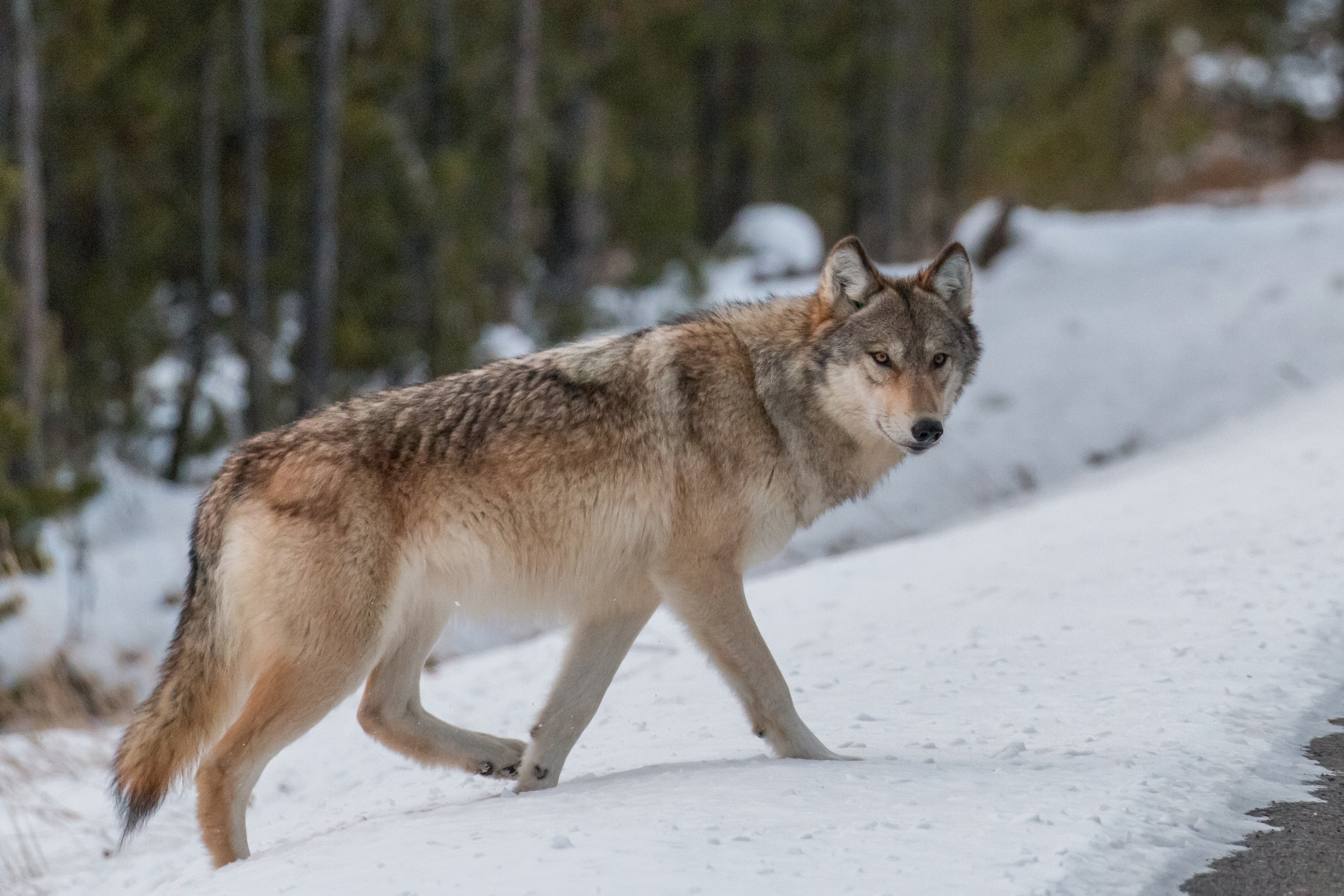In our currently partisan legislative landscape, it is momentous to see a bipartisan bill that takes into consideration the concerns of everyone at the table. The newest solution to salmon recovery and riparian habitat – HB 1720 – is a mixture of ideas from both sides of the aisle and superior to the “buffer bills” from the last legislative session and the beginning of the current session.
The proposed bill sets out a plan for “fully voluntary, regionally focused” riparian habitat plans, acknowledges the programs currently in place like the Voluntary Stewardship Program (VSP) and the federal Conservation Reserve Enhancement Program, and looks toward solutions for every part of our state’s vast and varied geography.
The communities of tribal members and fishermen who rely on salmon for cultural ceremonies, food, and income, deserve to weigh-in on how stocks and habitats are maintained. Landowners affected by plans to increase stocks and improve habitat also deserve to have a say in what happens to their land.
The proposal recognizes that landowners who would be most impacted by land restrictions are partners rather than adversaries and can do the most to improve streamside habitat. HB 1720 allows for a wide array of stakeholders, particularly members of tribal and agricultural communities, to guide how fish stocks and habitat improvements are approached in the future. This collaborative approach is a significant and positive change from previous legislation.
HB 1720 outlines a grant program to help fund voluntary projects throughout the state. The conservation commission is the proposed agency in charge of development and implementation of the grant program.
Any grant program developed and implemented by the conservation commission is “intended to complement the standard of no net loss of riparian habitat established in the voluntary stewardship program.” Projects must at least maintain existing riparian habitat, if not improve and expand that habitat through voluntary work with landowners.
The reason voluntary projects have been unsuccessful is because no funding has been made available to help with project completion. To make the program work, the legislature will have to come to the table with funding for HB 1720 to truly be effective. Similarly, farmers will have to be willing to enroll in the program where it makes sense.
The guidance plan for restoring streamside habitat is laid out by a policy taskforce made up of four members of federally recognized tribes – two people from Western Washington and two people from Eastern Washington – and four members of the agricultural community representing both crop and livestock interests. Other taskforce members include one member from a regional salmon recovery organization, one member from an agricultural or forestry organization, one member from a nonprofit environmental organization, and one member from an organization representing all 39 counties in Washington. The Washington State Department of Fish and Wildlife, the Washington State Department of Agriculture, the Washington State Conservation Commission, and the Washington State Department of Natural Resources will also have representation but will not be voting members of the taskforce.
No fiscal note has been made available yet to determine what project funding might look like.
Funding and potential enrollment aside, HB 1720 is a starting point grounded with input from tribal members, the agricultural community, and others. The bill is a chance to start fresh in waters previously tainted by bills that did not address the impacts of taking land from landowners to provide fish habitat.
Navigating the needs of the various communities and landscapes of our state is a tricky proposition. HB 1720 might just be the beginning of a new roadmap for the success of both salmon and agriculture.




